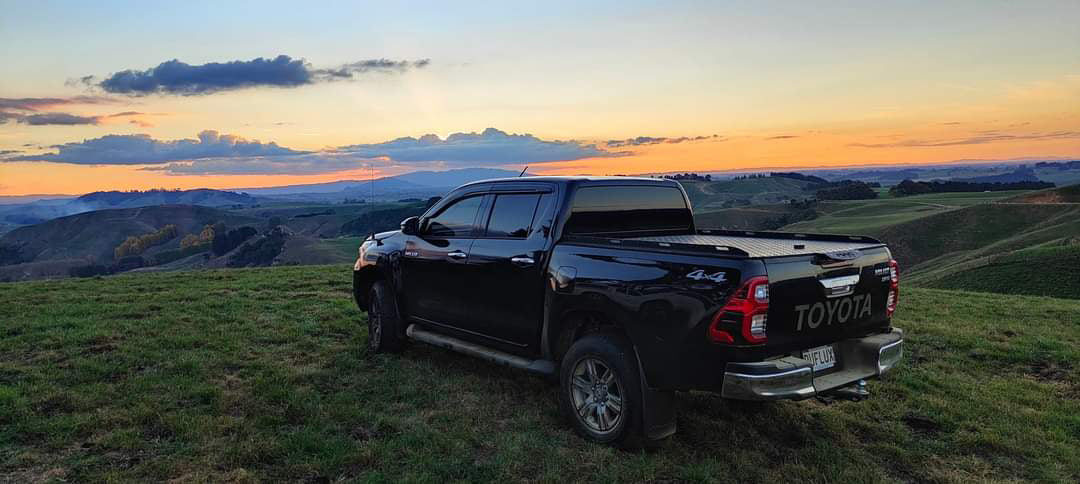Proper installation of a hard lid is crucial not only for securing cargo but also for ensuring that you benefit from the performance-enhancing features it offers, such as improved fuel efficiency and reduced wind noise. An incorrectly installed hard lid can lead to increased drag, negating the aerodynamic benefits and potentially leading to damage. This article provides essential tips and best practices for installing your hard lid, helping you to maximise its efficiency gains and enjoy a seamless integration with your vehicle.
Pre-Installation Considerations
Choose the Right Fit
Before installation, ensure that the hard lid is specifically designed for your vehicle model and make. A perfect fit is essential for optimal aerodynamics and security. Ill-fitting hard lids can create gaps that increase drag and compromise the lid's structural integrity.
Gather the Necessary Tools
Most hard lids come with all the required mounting hardware, but you'll also need basic tools like a wrench, screwdriver, and possibly a drill. Having the right tools at hand before starting the installation will make the process smoother and quicker.
Installation Tips for Maximising Efficiency
Aligning for Aerodynamics
- Proper Alignment: Carefully align the hard lid with the vehicle’s body lines to minimise gaps and ensure smooth airflow over the vehicle. Misalignment can create turbulence, reducing aerodynamic efficiency.
- Sealing Gaps: Use weather stripping or seals provided with the hard lid to close any gaps between the lid and the truck bed. This prevents air from getting trapped and creating drag.
Secure Mounting for Stability
- Check the Mounting Points: Before securing the hard lid, ensure that all mounting points are correctly aligned and that the lid sits evenly on the bed rails. Uneven mounting can lead to vibrations and noise at speed.
- Tighten Securely, But Don't Overdo It: Securely tighten all fasteners to ensure the lid is firmly attached but be careful not to overtighten and damage the hard lid or the vehicle's body.
Post-Installation Checks
Inspect for Movement
After installation, gently try to move the hard lid to ensure it's securely attached. Any movement could indicate that the installation isn't secure, which could lead to aerodynamic inefficiencies or even loss of the lid at high speeds.
Check Seals and Weather Stripping
Carefully inspect all seals and weather stripping to ensure there are no gaps. Effective sealing contributes to aerodynamic efficiency and protects the cargo from water and dust.
Maintenance for Long-Term Efficiency
Regular Inspections
Periodically check the hard lid and its mounting hardware for any signs of wear or loosening. Ensuring that everything remains tight and well-aligned is crucial for maintaining aerodynamic efficiency.
Seal and Weather Stripping Maintenance
Over time, seals and weather stripping may wear down or become damaged. Replacing these components as needed will keep your hard lid functioning optimally, maintaining its efficiency benefits.
Professional Installation Option
While many vehicle owners are comfortable undertaking the installation themselves, professional installation can be a valuable option for those who are unsure. Professionals can ensure that the hard lid is installed correctly, maximising its efficiency gains and ensuring the safety of both the lid and the cargo underneath.
The proper installation of a hard lid is a critical step in leveraging its full range of benefits, from enhanced vehicle security to improved aerodynamics and fuel efficiency. By following these tips and best practices, you can ensure that your hard lid serves as a valuable addition to your vehicle, contributing to both its performance and its practicality.


